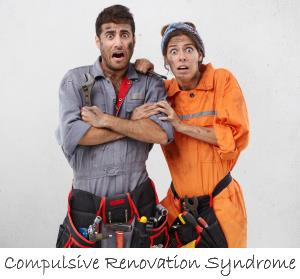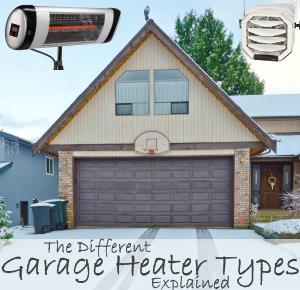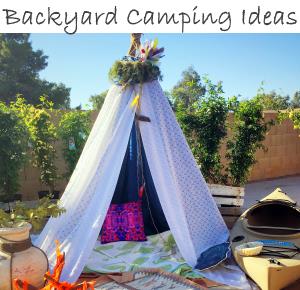
When I was fifteen I very nearly set fire to our house - it wasn't a deliberate act, it was just the kind of carelessness that teenagers are famous for. I was intending to deep-fry some dinner and I put a big pot of oil on the stove, put the lid on and got distracted. About 45 minutes later when I lifted the lid off the pot it immediately burst into flames.
Having been taught basic fire safety and emergency procedures at school, I knew immediately that dowsing the flames with water was just about the worst thing I could do - this fire would have to be starved of oxygen immediately. I was able to smother the fire by dropping the lid back on with the use of a broom stick - had that failed I would have smothered it with a fire safety blanket.
The reason I've told this story is to demonstrate how easy it is for a fire to start in any home, and hopefully to convince you to think about your home fire safety plan and what you can do to ensure your home and everyone in it is prepared should the worst happen.
To show you just how dangerous this type of kitchen fire can be, here is Dr Peter Wothers at the Royal Institution demonstrating what results from adding just a small amount of water to a small cooking oil fire:
Basic Home Fire Safety Checklist
Checklists are boring, but there's a reason they're used by professionals from airline pilots to surgical staff in hospitals - they work! So go through this list and make a plan to check off every one of these items within a week.
-
Fire Escape Plan
You need to create your emergency escape plan and put it on paper. It should only take 15 minutes if you use a simple template like this Home Fire Escape Plan provided by The American Red Cross. Make sure that keys to all locked external doors are located somewhere easy to access in an emergency - particularly at night and assume the power will have failed and that there will be no lighting.
-
Smoke Alarms
Smoke alarms are mandatory under many building and safety codes these days, but some older dwellings still might not have them. Regardless of whether or not they are legally required where you live you should install them and regularly check that they're working - every 6 months should be fine. Consider the following facts from the NFPA:
- The risk of death resulting from a home fire is halved if your home has working smoke alarms.
- 3 out of every 5 home fire deaths occur in properties which do not have working smoke alarms.
- 37% of home fire deaths occur where no smoke alarms have been installed.
If you're installing new smoke alarms consider buying Combination Smoke and Carbon Monoxide Detectors for added protection.
-
Kitchen Fire Safety
The NFPA also says that cooking is the leading cause of home fires so you should take special measures for fire safety in the kitchen:
- Get a fire safety blanket - you can buy them at your local home improvement store such as Home Depot or Homebase.
- Consider getting a Wet Chemical Fire Extinguisher because these are designed specifically for kitchen fires particularly ones involving oil - source: UK Fire Service.
- Don't place fire safety equipment above or close to your stove or oven - you probably won't be able to reach them in a fire if you do, and keep extinguishers out of reach of small children.
Some More Advanced Home Fire Safety Ideas
Now that we've covered the basics we'll take a look at some additional steps you can take.
-
Safe Storage of Fuels & Chemicals
You probably already store flammable substances in safe cool places away from heat sources inside your home, just remember to do the same in your garage or shed if you have them. Here are a few extra tips:
- Don't store fuels or combustible chemicals in your attic - this includes oil based paints and paint thinners.
- Don't DIY the storage tank for your oil based heating system - get one professionally manufactured to appropriate safety standards.
- Where possible store flammable chemicals in a cool and well ventilated garden shed - have a fire extinguisher close to your shed, but not inside it if it's likely to be difficult to access in the event of a fire.
-
Smoke Ventilation Systems
As you can see from the following chart provided by the NFPA, smoke inhalation causes more fire related deaths than burns do:
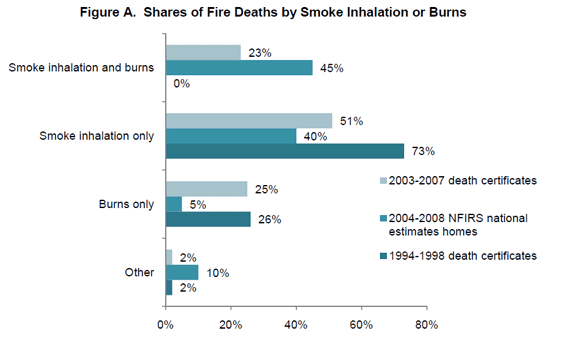
If you're building a new home, or doing extensive renovations, then you might want to consider having a smoke ventilation system installed. These work by opening things such as windows and/or roof lights in the event of a fire. They can be completely automated or manually activated via a central control unit. This diagram, courtesy of Rockburn Limited, gives you a good overview of how such a system works:
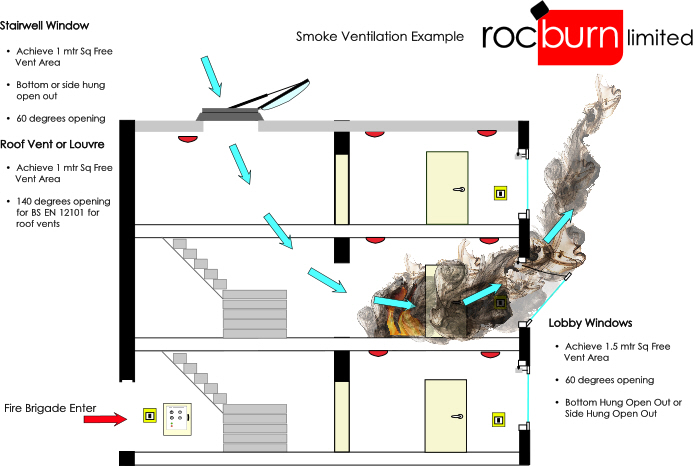
-
Automated Lock Release Systems
An increasing problem for home fire safety are some of the measures we take for home security - it's great to have security grills covering all doors and windows for keeping burglars out, but they can also have the nasty effect of keeping you trapped inside your home during a fire.
Here are some options for preventing your security system from trapping you in a burning house:
- As a DIY project install electronic locks on doors and windows and have them tied to your fire alarm system. I would only recommend this for people who have some understanding of how home automation systems work or those of you who are prepared to put in the effort to learn. One home automation system which has fire alarm verification built in is the ELK M1 Gold Cross Platform Control System.
- You can buy combination fire and security alarm systems which can be programmed to release locks, but at this stage they are primarily manufactured for commercial use.
If home automation isn't really your thing then a low tech solution is to position the keys to window and door security grills near your doors and windows - this is what I do.
If the more advanced ideas are a bit much for you, then just go back to the Basic Home Fire Safety Checklist and make sure you have those covered.
Category:


